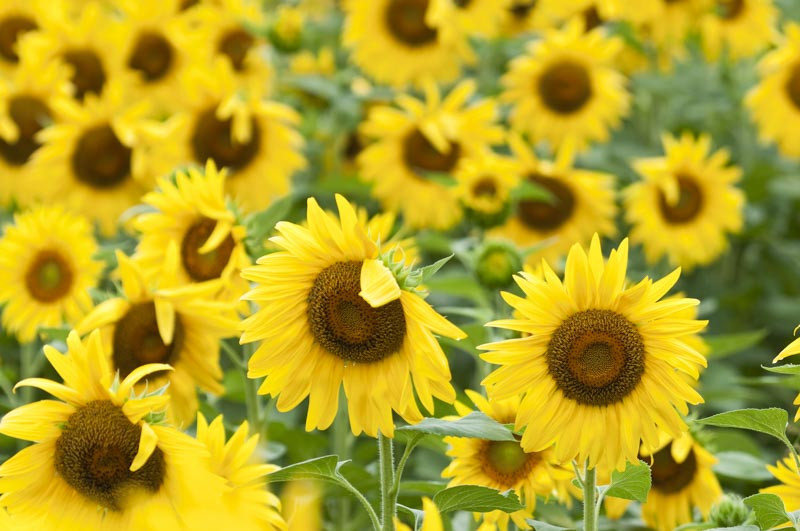Sunflower: Growing and Caring for Sunflowers in Your Garden
The common sunflower, Helianthus annuus, is a widely recognized and cherished plant, revered not only for its striking beauty but also for its versatility and ecological benefits. Originating from North America, this annual flower has become a symbol of warmth, energy, and positivity across various cultures.
Typically, the common sunflower features large, captivating blooms with vibrant yellow petals encircling a dark, prominent central disc. These flowers can reach up to a foot in diameter, turning their headst to follow the sun across the sky during the day. This movement, combined with their towering height – some varieties can grow up to 10 feet tall – makes them a dramatic and dynamic feature in any garden.
Sunflowers are not just visually appealing; they are also agriculturally significant. Their seeds are a valuable source of oil and a nutritious snack, rich in healthy fats, protein, fiber, and several vitamins and minerals. People use the extracted oil in cooking, cosmetics, and even as a biofuel.
Growing sunflowers is relatively straightforward. They prefer full sun exposure and well-drained soil, though they are notably hardy and can tolerate poor soil conditions. Plant in the spring, after the last frost, allowing the sun-warmed soil to nurture the seeds. Master the art of growing and caring for sunflower plants.
These flowers are not only a favorite among gardeners but also wildlife. They attract bees and butterflies, contributing to pollination, and later, when the seeds mature, they provide a food source for birds. They are not toxic to humans or pets.
Moreover, sunflowers can extract toxic ingredients from the soil, showcasing their environmental significance. Discover 10 compelling reasons to grow a sunflower in your garden.

